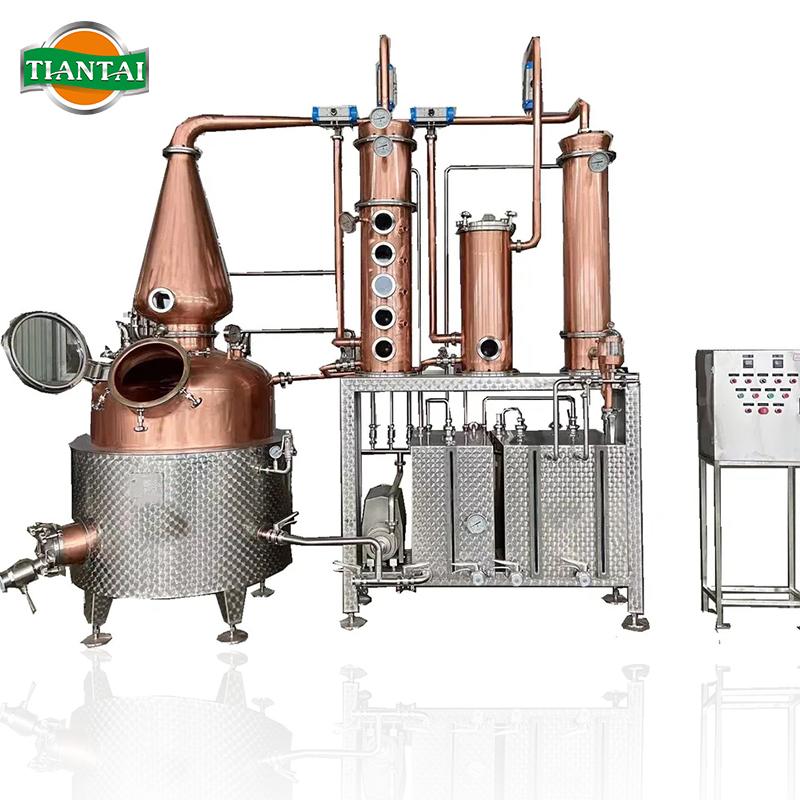While some alcoholic drinks are easy to identify by their ingredients—whisky from grains, wine from grapes, and cider from apples—rum often leaves people guessing. Despite its rich, spiced flavor, the origins and production of rum aren't widely known. If you're a rum enthusiast, it’s worth understanding what goes into this beloved spirit and how it's crafted.
Rum Explained
At its core, rum is made from sugar cane. Specifically, it's derived from 100% cane products, including raw cane juice, white or brown cane sugar, cane syrup, evaporated cane sugar, and cane molasses. Rum is distilled at under 95% alcohol by volume (ABV). To legally qualify as rum, it must have a minimum ABV of 37.5% in the EU and 40% in the US, making it a notably strong spirit. The production of rum always begins with sugar cane.
How Rum is Made
Mature sugar cane is harvested by hand, typically with a machete, in various regions around the world. The harvested cane is quickly transported to the mill to prevent degradation. At the mill, machines crush the cane to extract the juice. The leftover pulp is often burned to generate power for crushing more cane, and the waste can be reused for energy or heat.
There are three main methods to process sugar cane juice:
1. **Fermentation and Distillation**: In the French West Indies, the cane juice is directly fermented and distilled, producing the most natural form of rum.
2. **Concentrating Juice into Syrup**: Some distilleries cook down the juice into syrup, which is then fermented and distilled. This method allows for year-round production, not just during harvest.
3. **Crystallized Sugar and Molasses**: The juice is processed into crystallized sugar and molasses. The molasses are sold to distilleries for rum production, while the sugar is sold as a sweetener. Most rums are made from fermented molasses, making this the most common method.

### The Distillation Process
The next step is distillation, where the fermented liquid is heated in a sealed vessel to about 175 degrees Fahrenheit. This process evaporates the alcohol, which is then re-condensed and collected as a raw spirit. Distillation can be done in continuous column stills or pot stills, each affecting the rum's flavor differently. Column stills produce a lighter, more delicate rum, while pot stills yield a heavier, fuller-flavored rum.
What happens next depends on the desired end product. The raw spirit typically has an alcohol content of 40%-95%. While some rums are bottled and sold immediately, most are aged to enhance their character and taste. Factors such as the type of wood, aging duration, and climate influence the final flavor. Rum is usually aged in hot, humid climates, which speeds up the interaction with the wood compared to cooler climates like Scotland, where whisky is aged.
Almost all rums are blended with other batches from the same distillery to create unique flavors. Some rums are infused with herbs, fruits, and spices or blended with juices for new tastes. Most rums are diluted with water before bottling to achieve an alcohol volume of 40%-50%.
Tiantai brewtech equipment supplies 100L-3000L distiller equipment, pot still distillation,used distillery equipment for sale,distillery equipment for sale for all kinds of spirits. Welcome to contact us to get good discount!
Email: [email protected]
www.brewerybeerequipment.com



.jpg)
.jpg)
.jpg)

Get In Touch